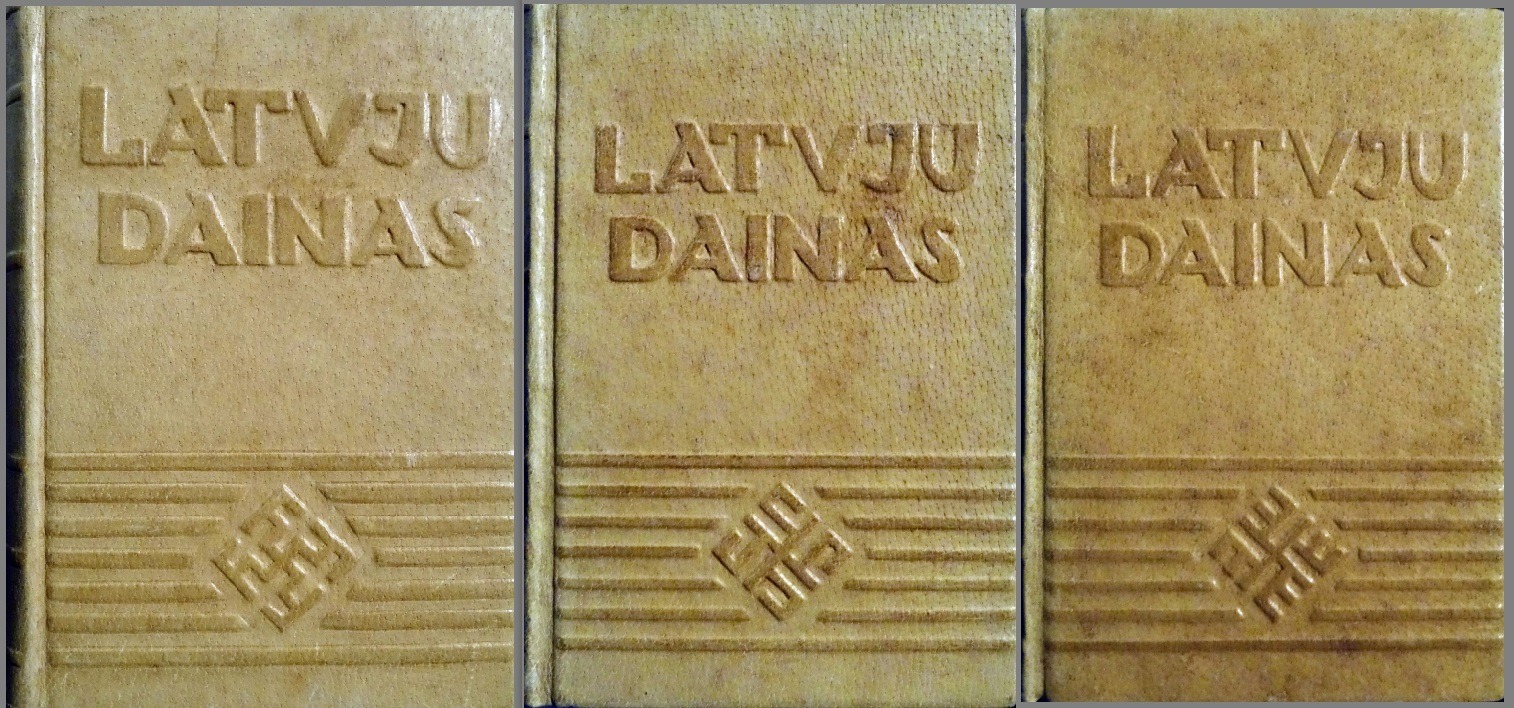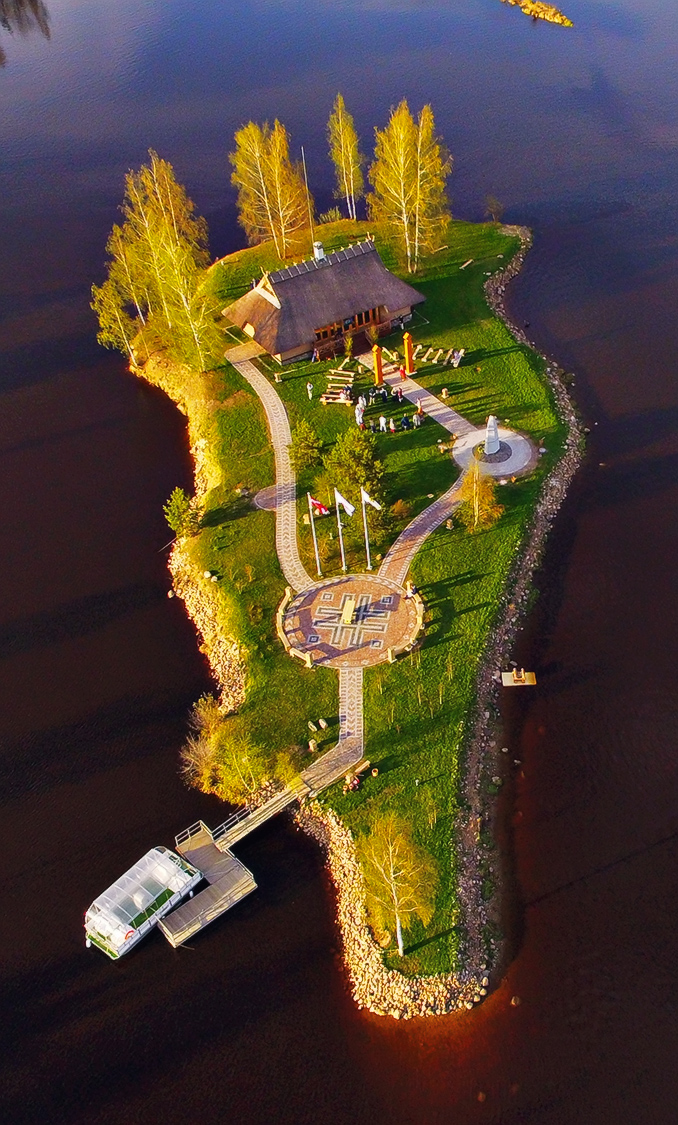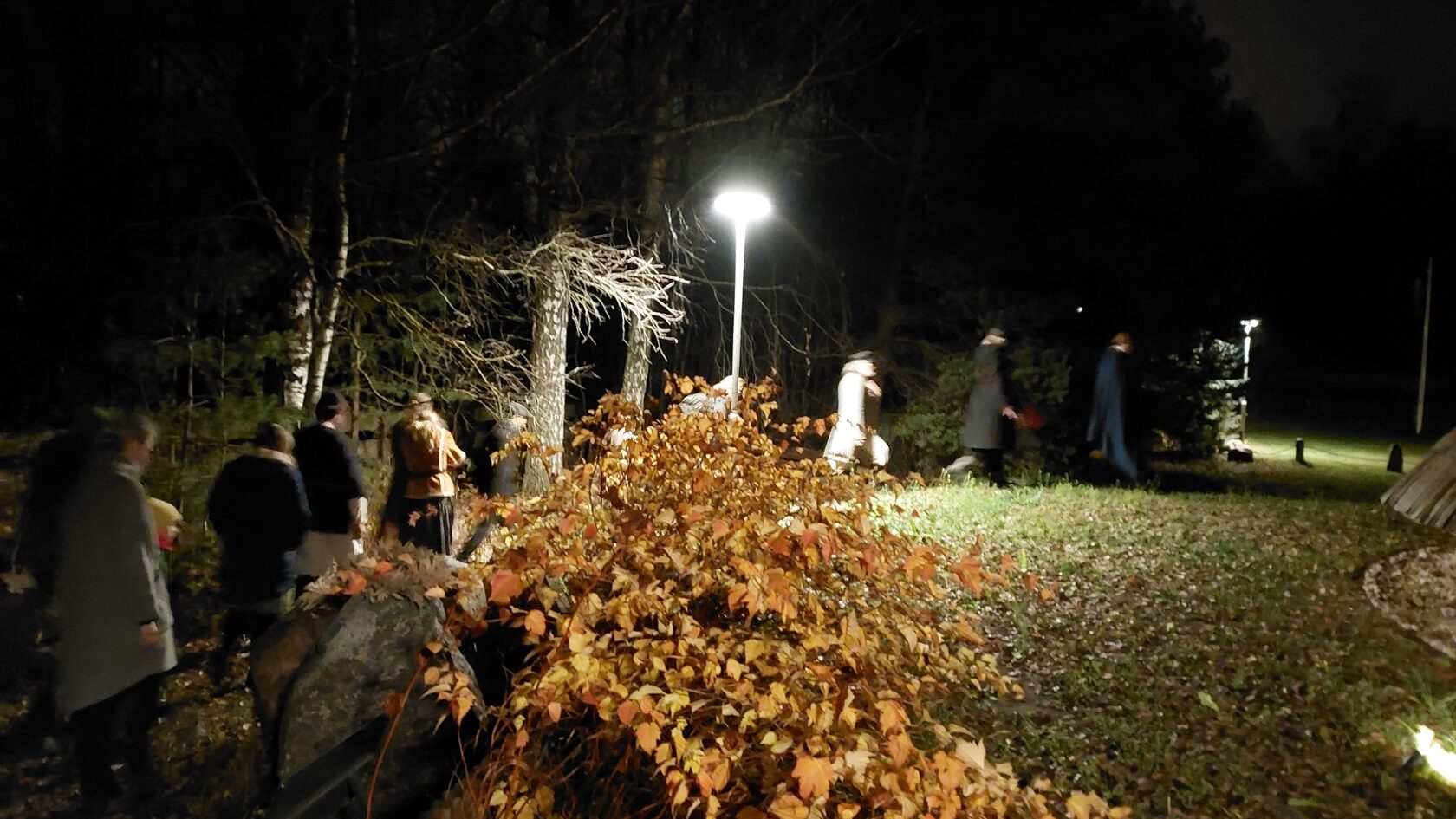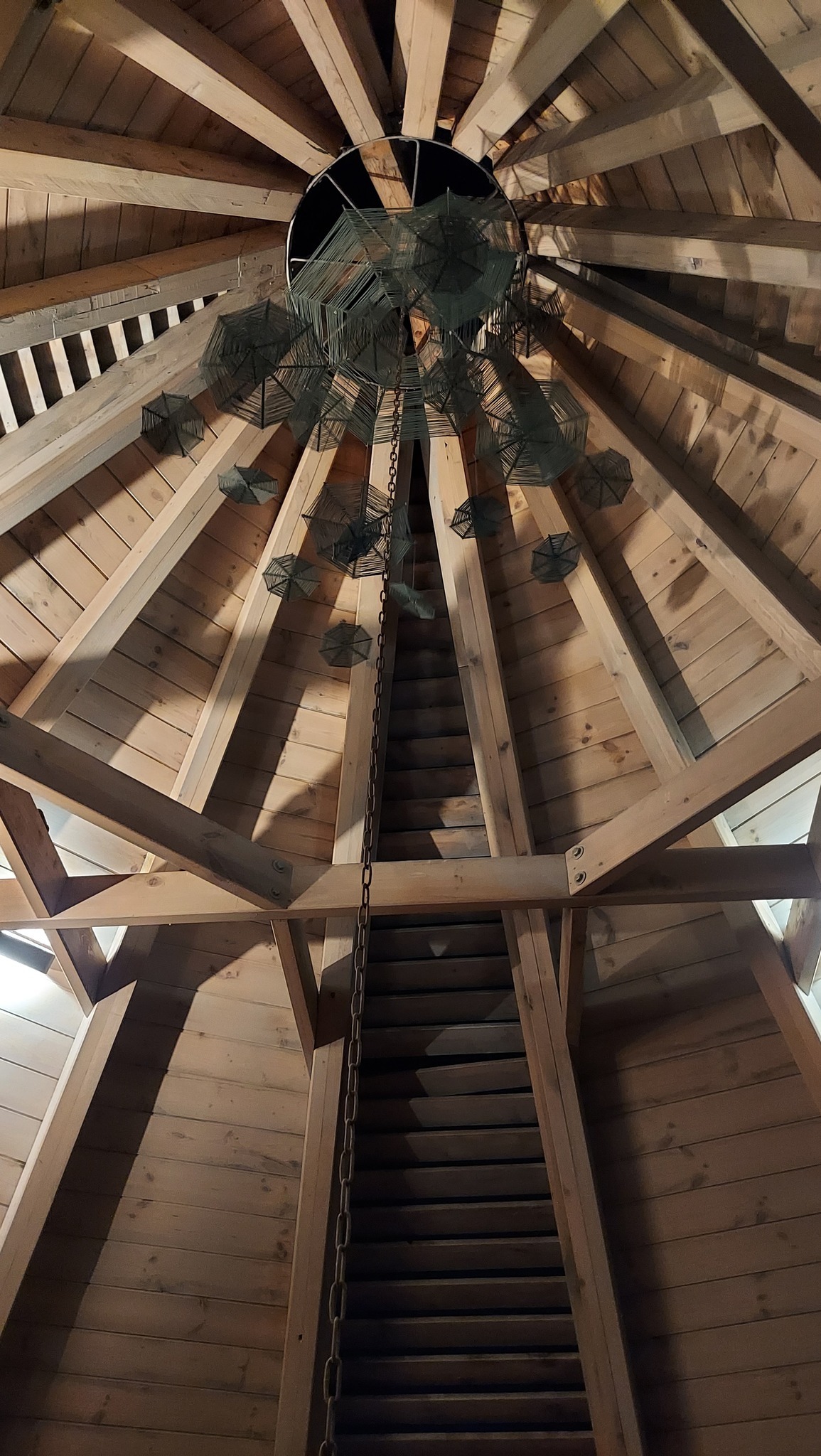
The origins of the current religious movement of the Latvian Traditional Religion stem from the national romantic movement of the 19th century. During this time, the Young Latvians, a group of national-minded intellectuals collected Latvian folklore, most notably Dainas that are folk songs about – among other themes – sacred myths, seasonal festivites and deities. Their first collection was published in six volumes as Latvju Dainas by Krišjānis Barons between 1894-1915. This had a tremendous effect on the Latvian nation, as it preserved a rich body of the nation’s spiritual heritage that gave strength and a mental basis to the nation in its determination for sovereignty. This outstanding cultural work also inspired the foundation of Dievturība as a movement.
Dievturība evolved into a structured religious movement based on the massive amount of collected folklore and the traditional worldview that can be found within. In a way, Dievturība is the next logical outcome of the appreciation of one’s national heritage and culture. That is, the collection of folklore led naturally to the extraction and codification of the folklore’s religious elements.

From its very beginning, Dievturība has been an intellectual endeavour to provide an independent ideological and religious basis for the contemporary Latvian nation that formed in the merger of Baltic tribes in the fifteenth and sixteenth centuries. It is very much a national movement, and as its founder Ernests Brastiņš said, ”folk is in the first place”. But while the foundation of the religion is in the Latvian folk religion, nevertheless, Dievturība as a movement set out to not only preserve the folk religion, but also to continue to regenerate and purify it of its Christian influence. During the course of over a hundred years, thinkers, writers, artists, poets and others developed a philosophy and worldview that is strongly rooted in its native soil and which offers a comprehensive alternative to the Christian religion.
The name of the religion derives from the word dievturis, a Latvian coinage by founders of the movement, Ernests Brastiņš and Kārlis Bregžis in their manifesto ”The Restoration of Latvian Dievturība” in 1925. Dievturis (plural dievturi) is a compound word from Dievs ’Supreme Creator, God’ and the verb turēt ’to hold, keep’, the compound modelled after the Greek θεοφορία ’bearer of God’. The religion has been translated into English as ’people holding or living according to God’s laws’, or ’God-Keepers’. ’God’ in this case refers to the First principle from which all the other Gods and the world itself emanates. The basic principles of Dievturība where eventually outlined in 1932, when Ernests Brastiņš published Dievturu Cerokslis (”The Intentions of the Dievturi”), in which he answered questions related to Latvian theology, ethics and ritual practices.

An important goal of the movement was to achieve state recognition as an official religion. Indeed, the movement developed into the organisation Latvju Dievtuŗu Draudze, founded in 1926. A few years later in 1929, three parishes in Riga as well as parishes in Jelgava, Liepāja and Valmiera were registered as religious communities under Latvijas Dievtuŗu Sadraudze (LDS). This rapidly evolving progress was halted by political developments of the era: the coup d’état in 1936, after which LDS was forced to re-register as a secular organisation; as well as in 1940 following the Soviet invasion of Latvia, when the organisation was banned as chauvinistic and nationalistic and, therefore, antagonistic to internationalist and communist ideals. However, Dievturība was again re-registered under the leadership of Eduards Detlavs in 1990, right before the Latvian restoration of independence. Following Detlavs, LDS was led by Marģers Grīns, who had led the Dievturi community in exile in the United States. During his time, LDS received state recognition of Latvia as a traditional religion in 1995.

The Grand Leader (Dižvadonis) of the movement since 2018 has been Andrejs Broks (his interview on Latvian television can be found here[link] (in Latvian)). As during the early decades, so too do Dievturi members continue today the publishing of works related to the religion. These include the influential books of the artist, previous Grand Leader and honorary chairman of LDS, Valdis Celms, such as “Fundamentals of the Baltic religion” in 2016, or the doctoral thesis of Uģis Nastevičs, the current head of the board and manager of public relations of LDS, which is on the comparison of Dievturība with Shinto, the Japanese Traditional Religion.
Svētes svētnica (Shrine of the Holies)
We began the pilgrimage in Riga. What lied ahead of us was as of this time yet unknown. Our meeting with local Dievturi was organised to be at the Riga bus station. From there, our hosts took us to Jelgava, to the shrine called Svētes svētnica (Shrine of the Holies). It is kept by one of the eleven current groups within LDS called Svētes dievturu draudze. The shrine was first built in 2001 and rebuilt in 2018 in commemmoration of Latvia’s hundred years of independence.

We were guided through the Gates of Laima and the Stones of the Ancestors into the shrine that housed the eternal flame. The shrine has been built in a modern way, yet it is respectful to traditions in both its aesthetics and function. Traditional ornaments decorate both the exterior and interior and the overall impression is that of a holy place.

Following the ritual part in the shrine, we continued to the common house, where the celebration continued with food and singing. We expressed our gratitude to our hosts and shortly after that, we started making our way back to Riga, with the locals continuing their evening.

